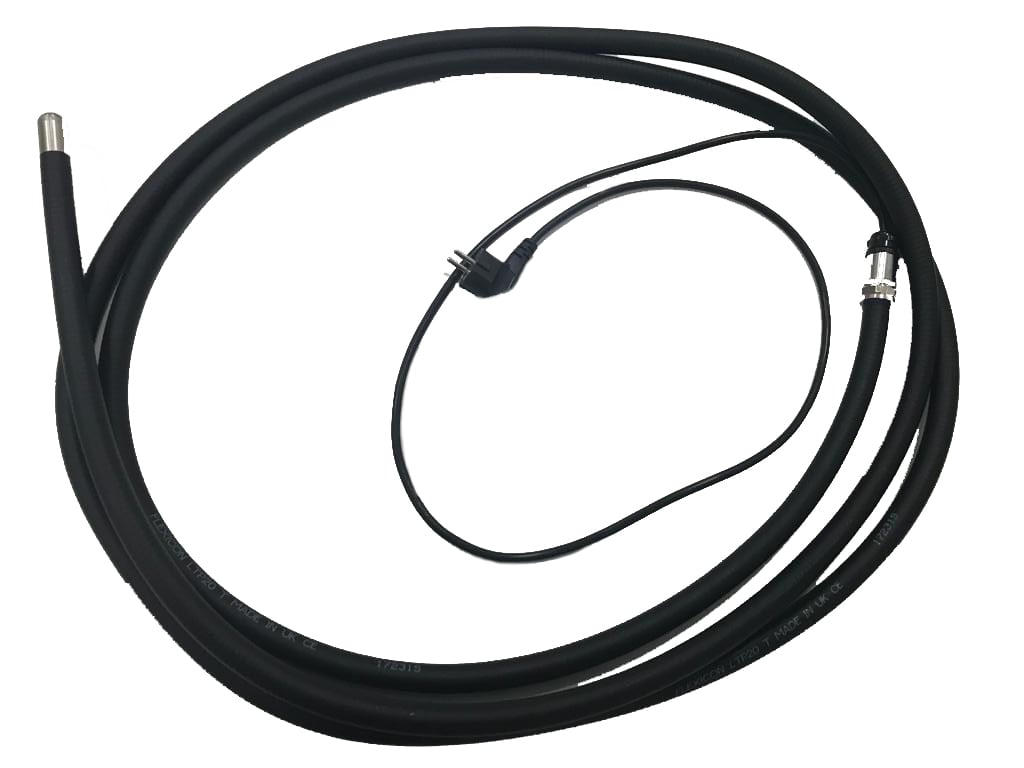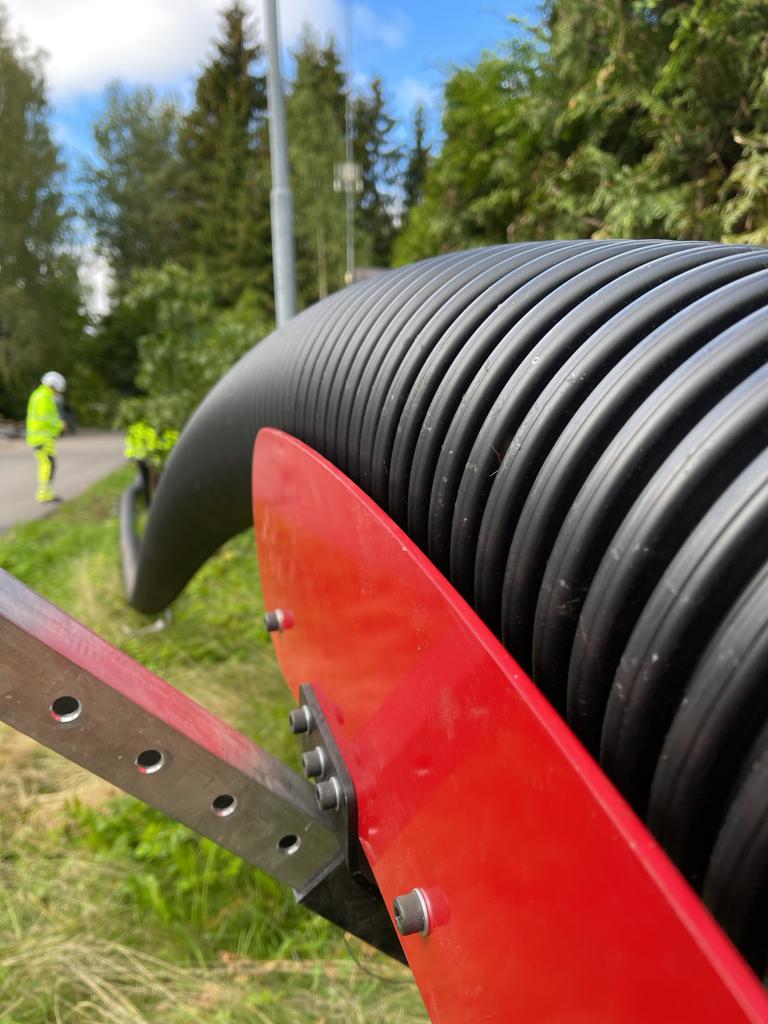Metro line M3 is the longest subway line in the Budapest Metro system. Also known as the North-South metro line, it began construction in 1970. Today its current traffic length is 16.3 Km, with 20 stations. The maximum station depth is 28.2 m.
During construction of the stations, a sewer system was built in order to collect the infiltrating groundwater. The channels are made up of steel pipes ranging from DN50-DN250.
In December of 2011, the condition of the 30 year old track had become so poor that the maximum speed allowed for the entire line was limited to 60 km/h. The increasing number of track failures was mainly a result of groundwater leaking through the tunnels' deteriorating interior. The harsh groundwater damaged the track plate of the line and corroded rail reinforcements, leading to track defects.
Since July 2014, efforts have been made to renovate the metro line track. It is expected to take until 2023 until the entirety of the subway line is complete.
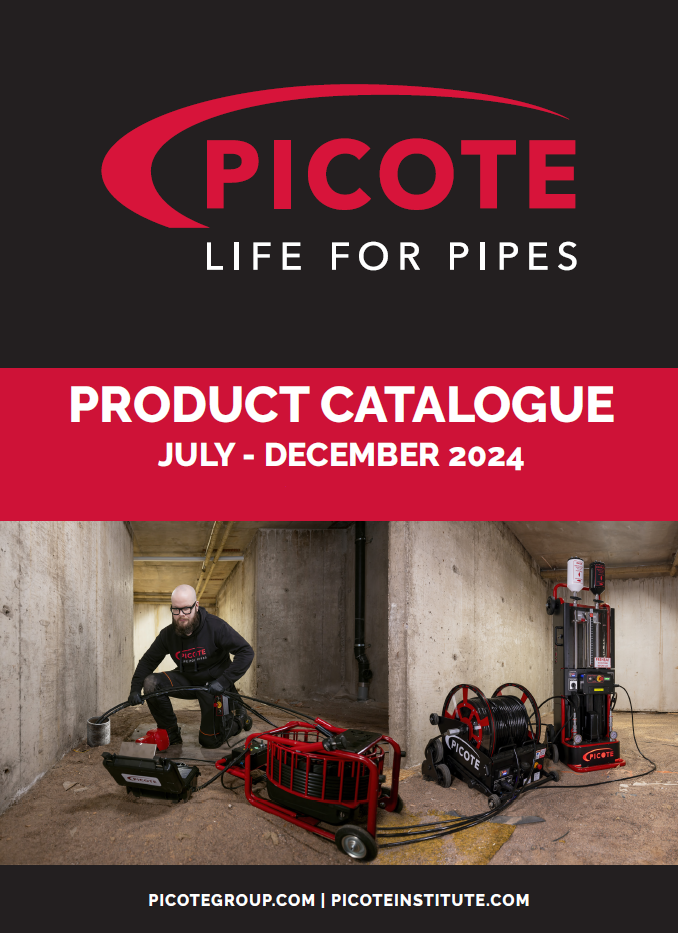

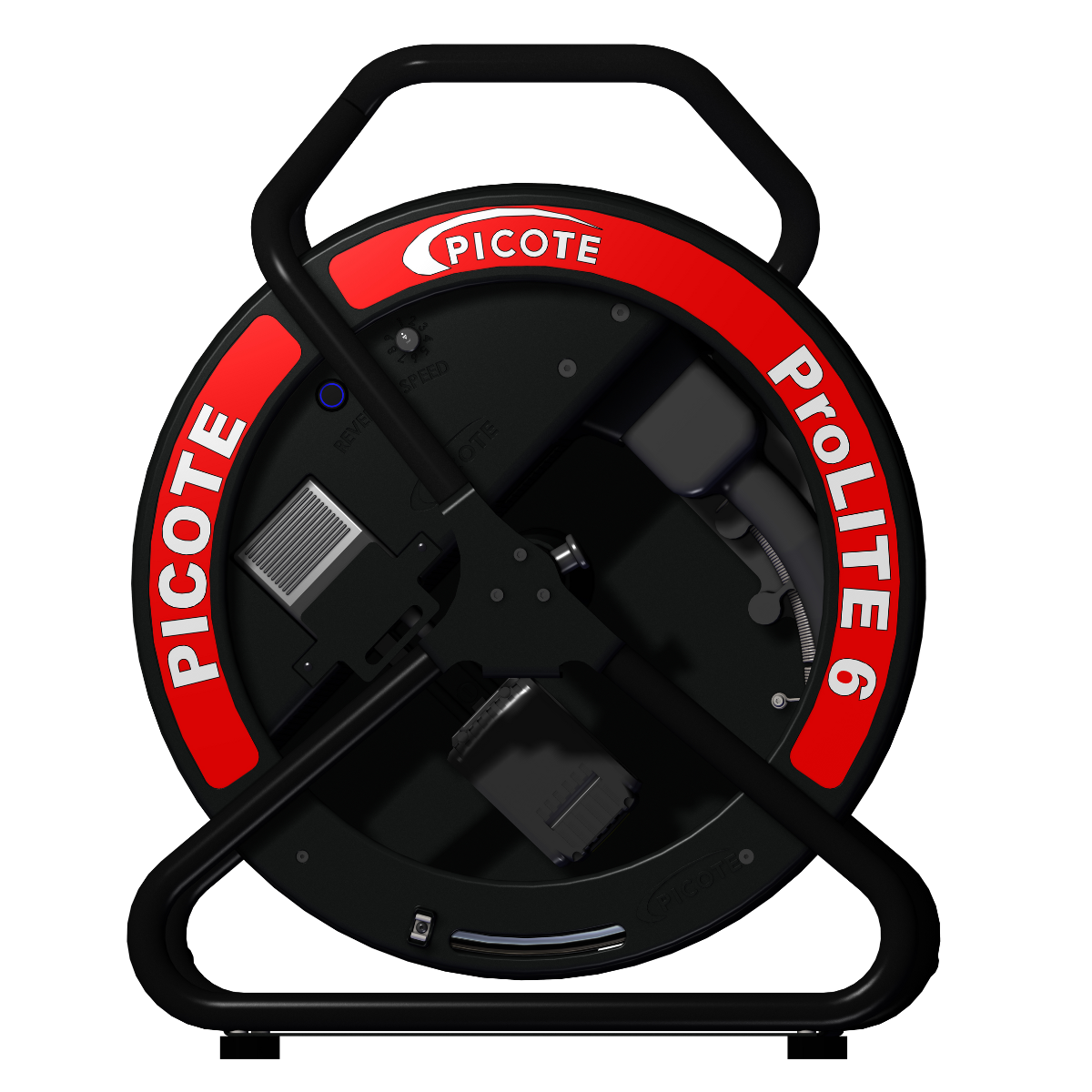
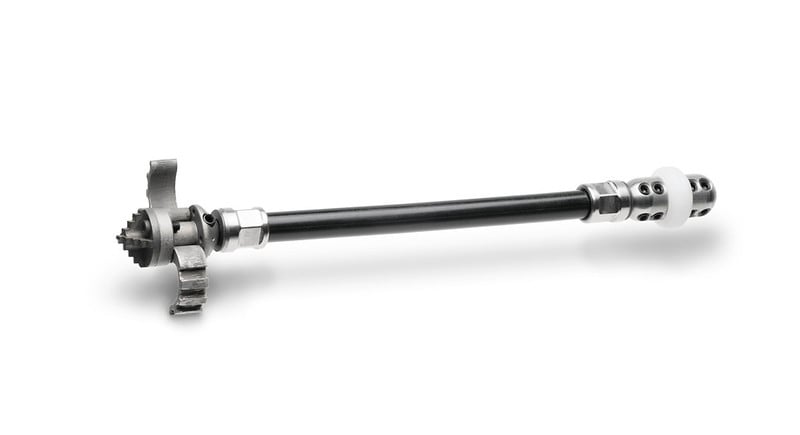
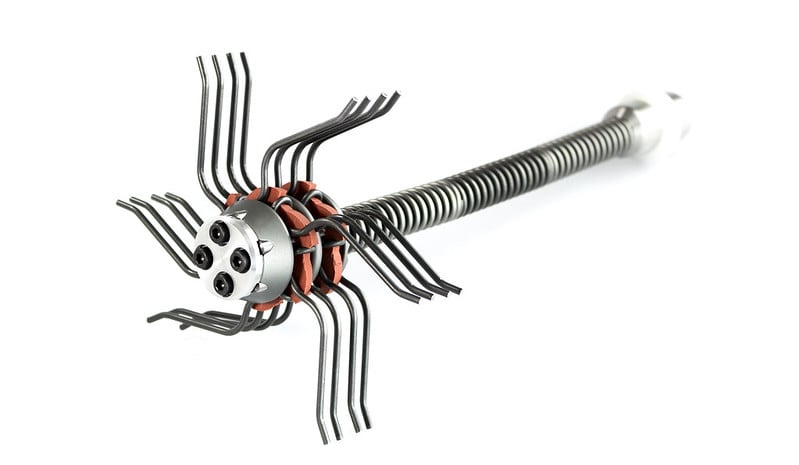
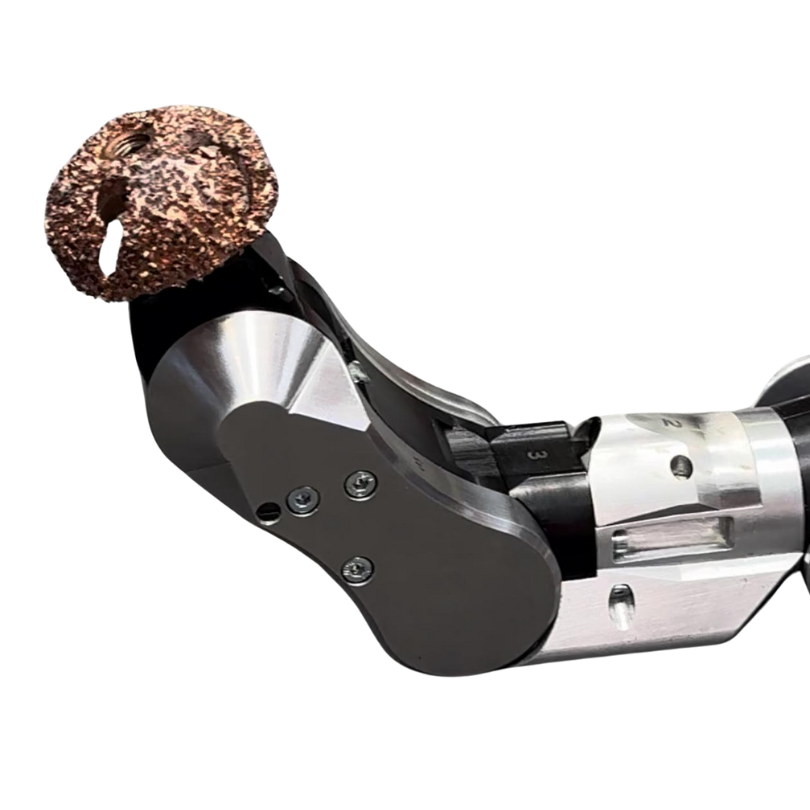
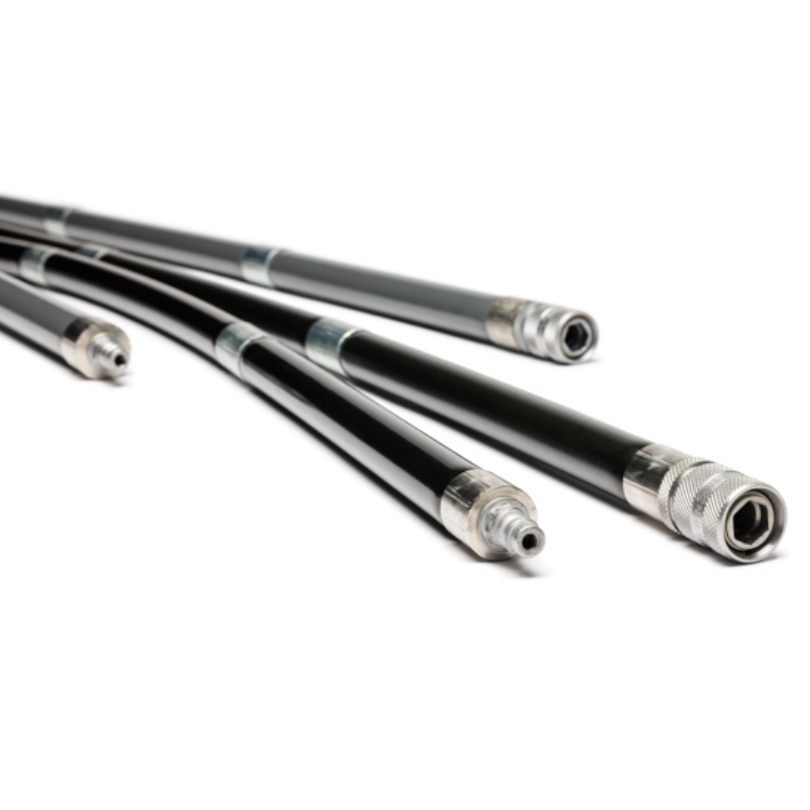
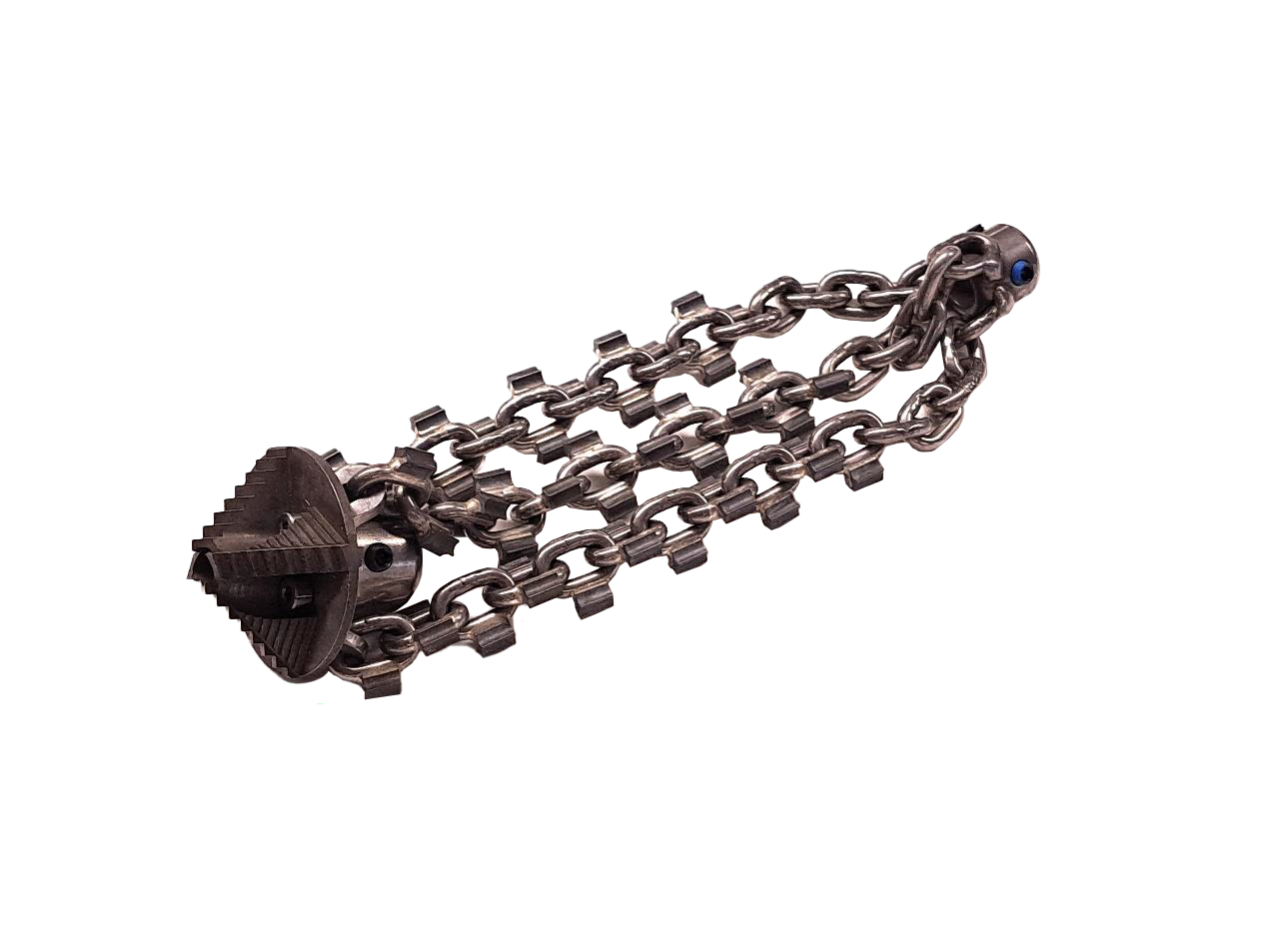
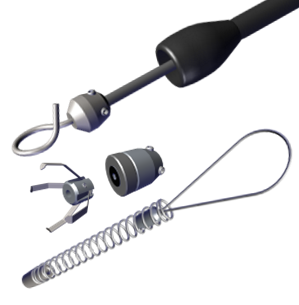
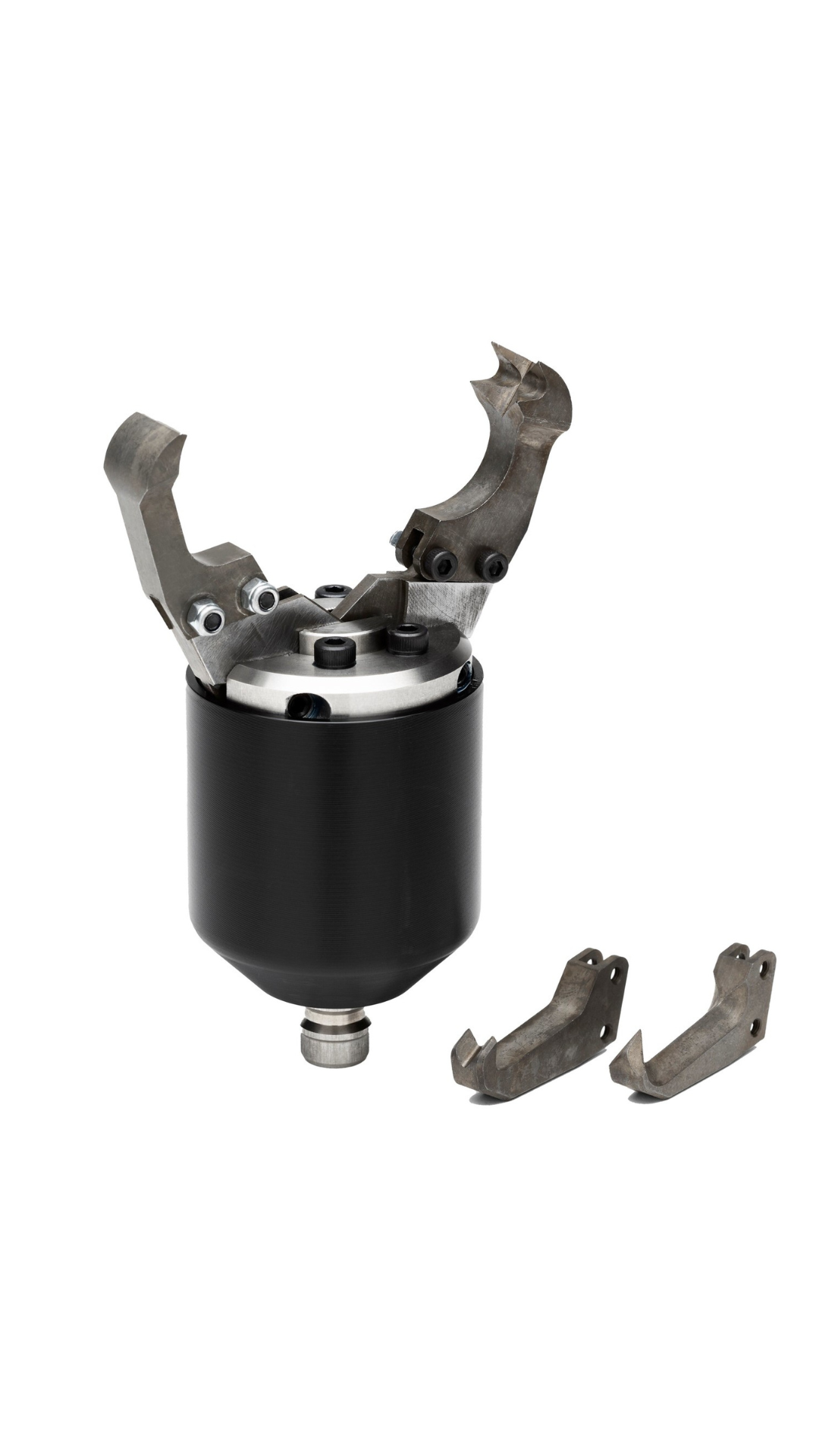
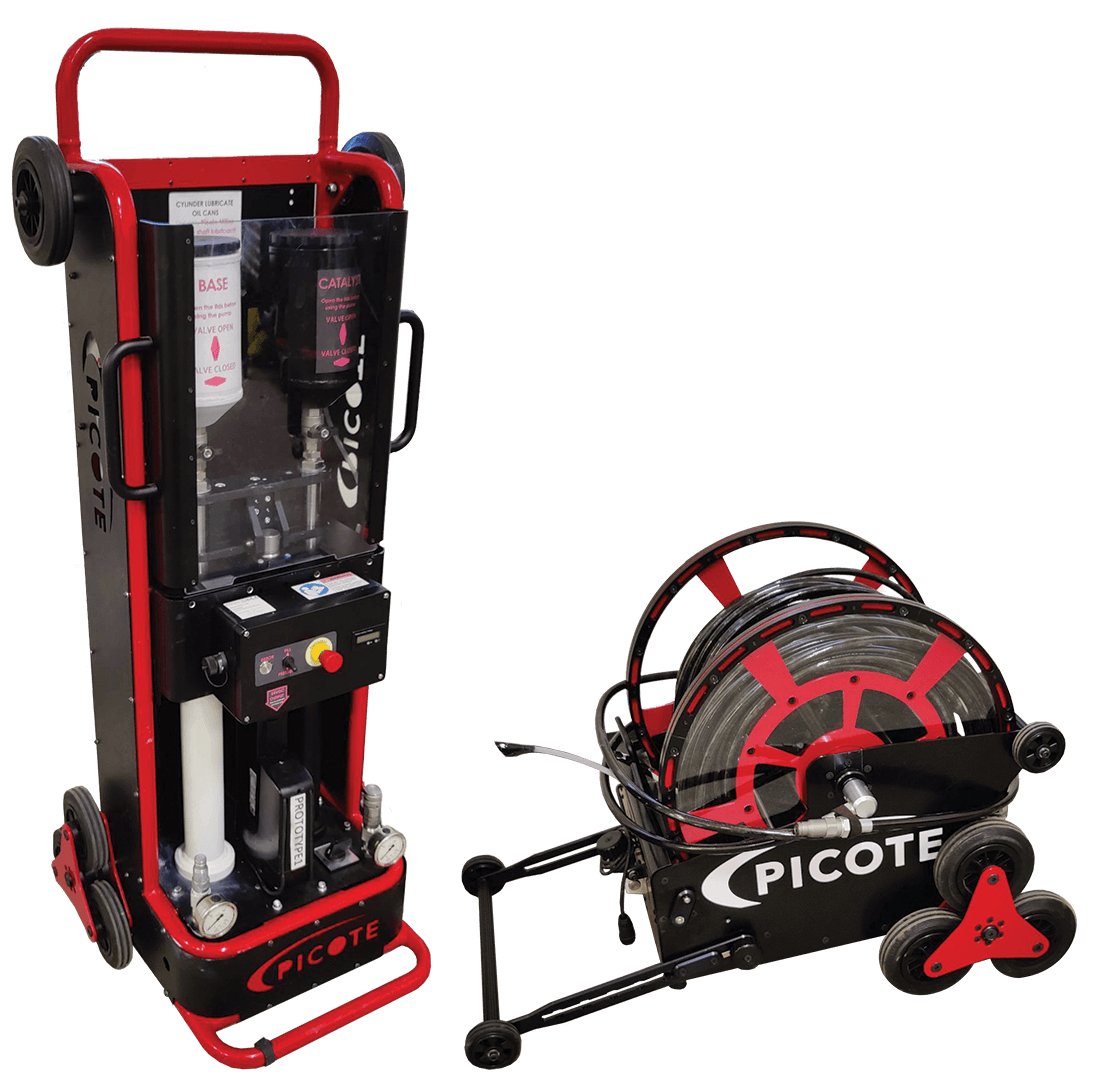
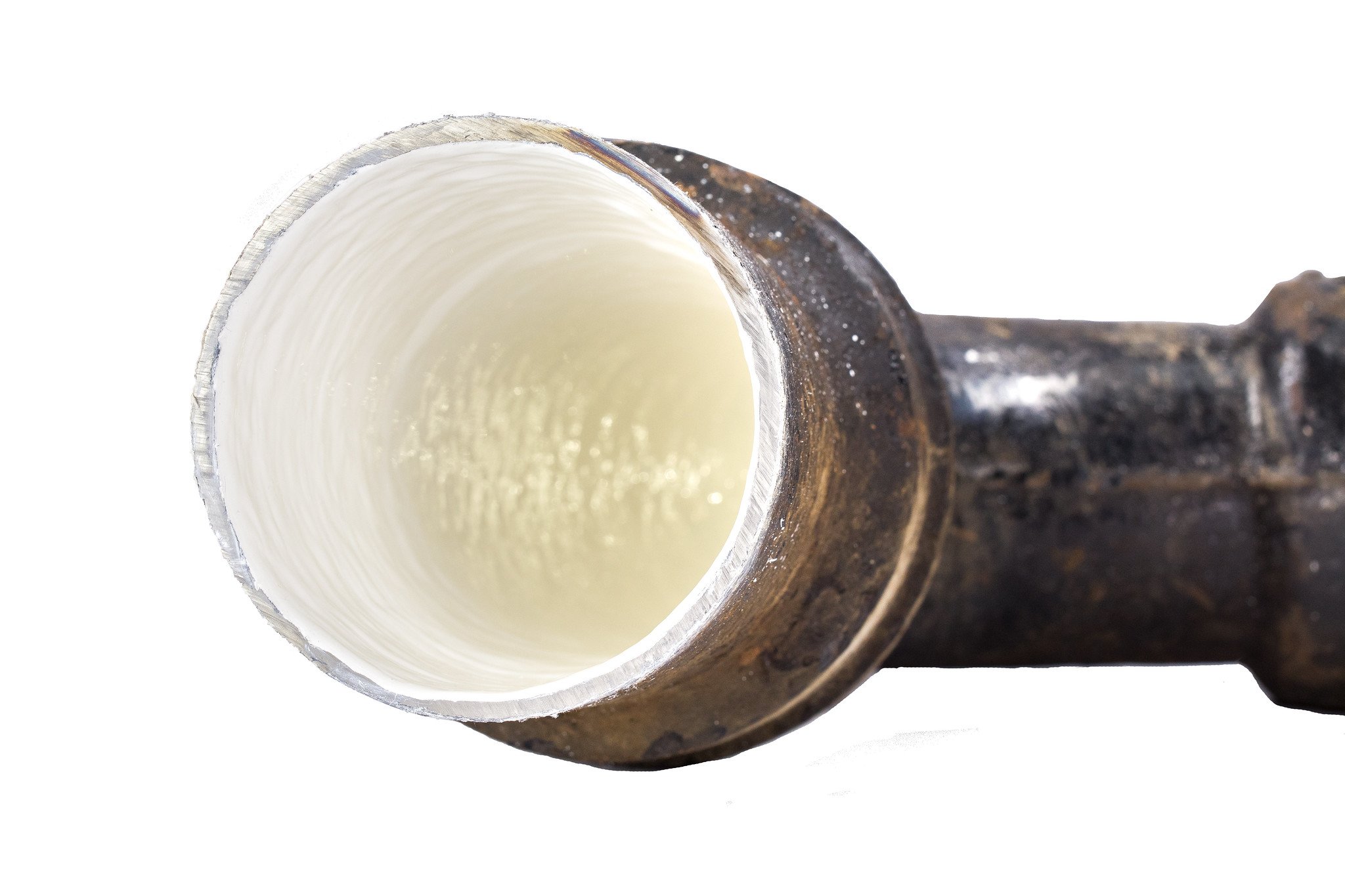
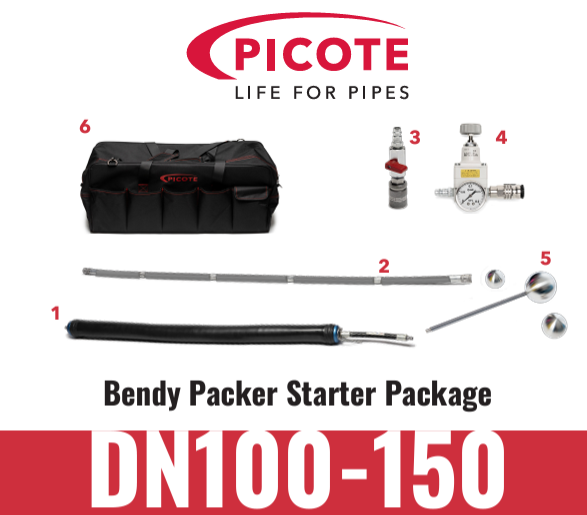
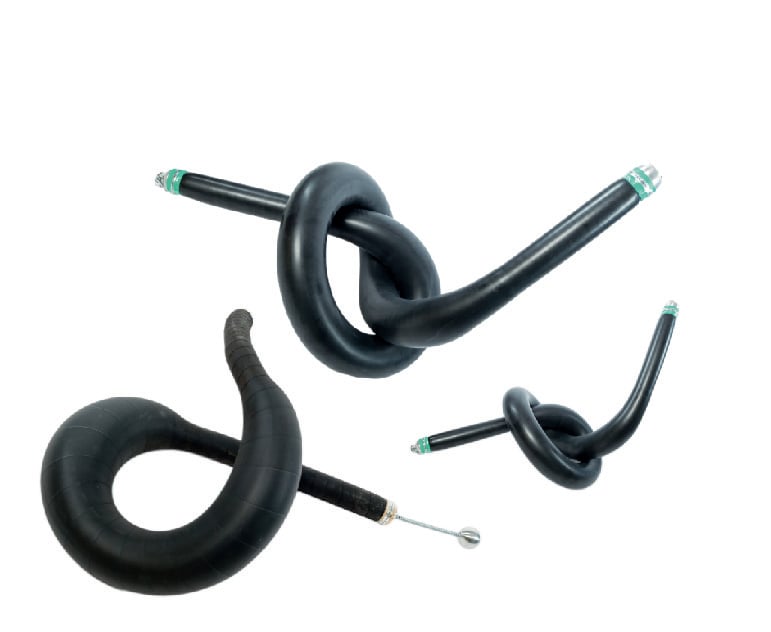
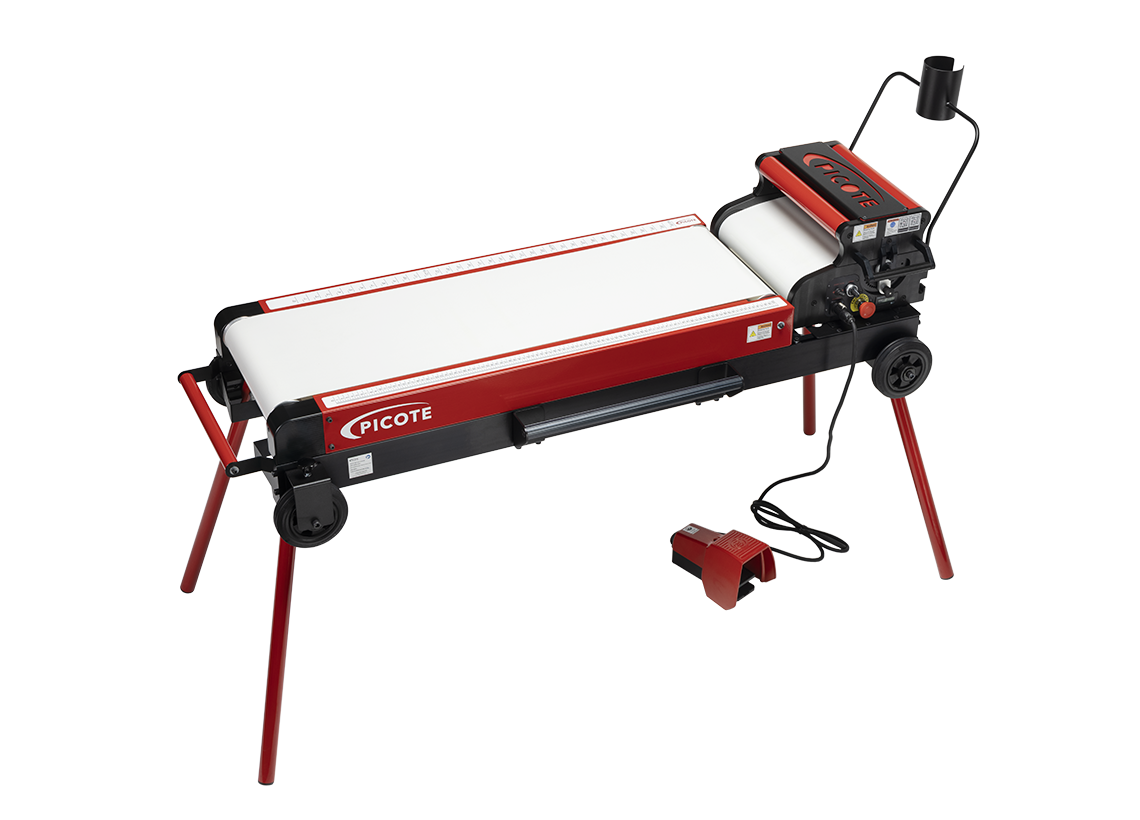
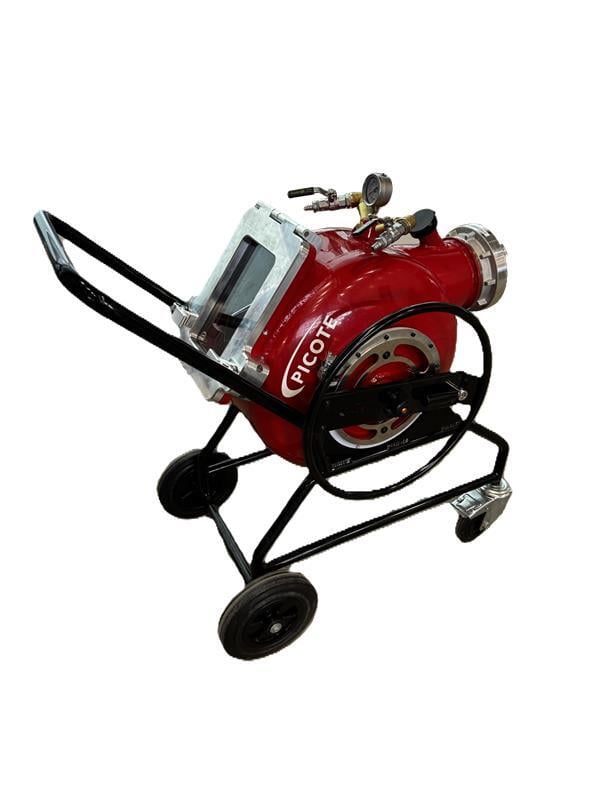
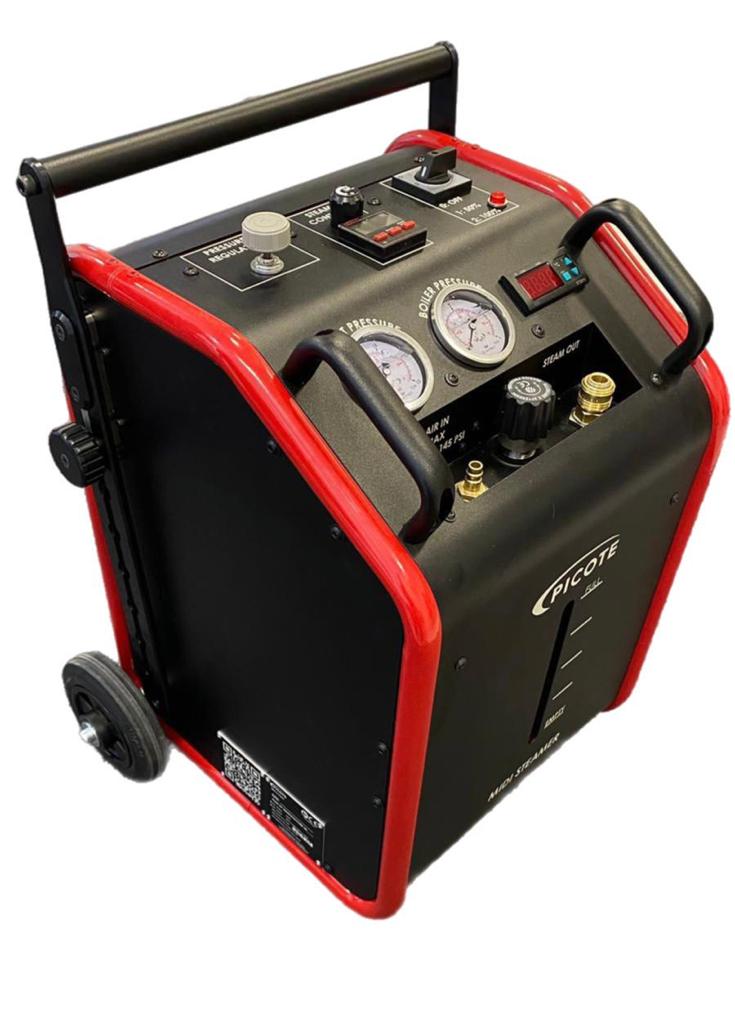
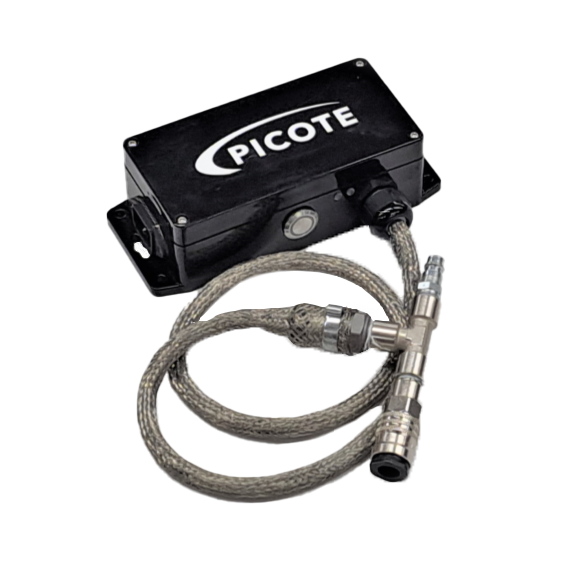
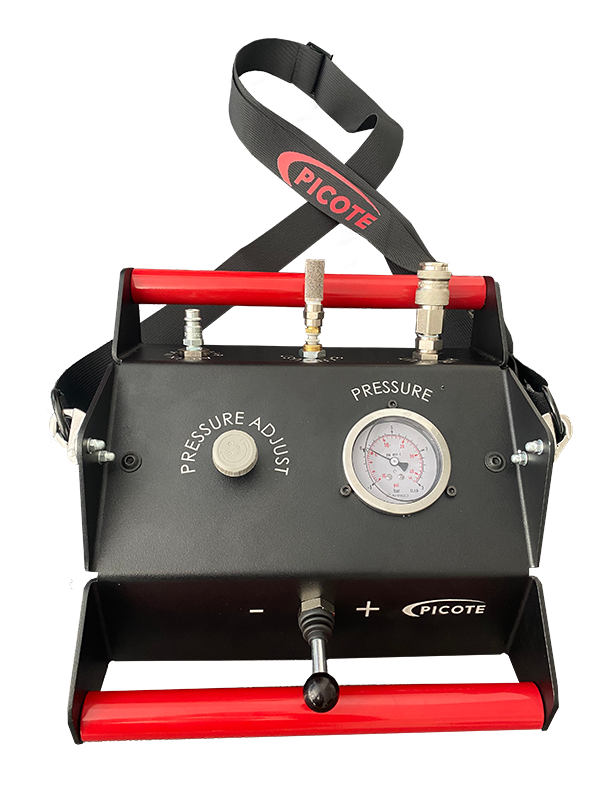
.jpg)
